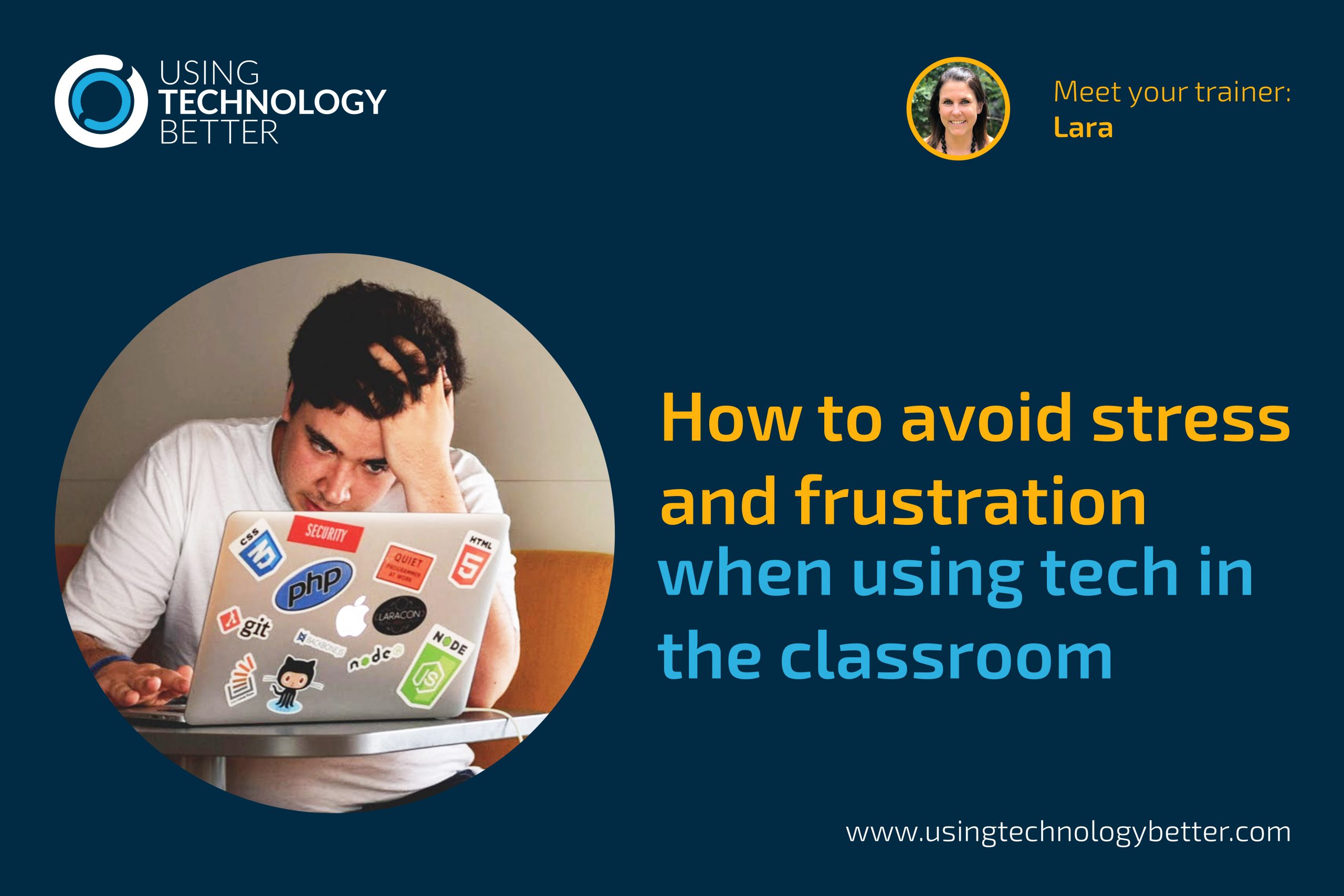
Creative Classroom Ideas for Exploring Matariki
Creative and engaging Matariki ideas for

Creative and engaging Matariki ideas for

Midjourney 5 – In the classroom Mi

Do you ever feel like you are not coveri

Nearpod Orientation A great starting po

Our trainers are asked frequently if we have a curriculum map linking Digital Technologies to other curriculum areas, across age groups and levels. The answer is yes, but not for you! Curriculum Mapping needs to be aligned with school wide strategy, values, community and more. There is no one size fits all. In order to create a meaningful, useful, relevant map that serves your learners many things must be considered. This blog series explores how you can do just that.

Our trainers are asked frequently if we have a curriculum map linking Digital Technologies to other curriculum areas, across age groups and levels. The answer is yes, but not for you! Curriculum Mapping needs to be aligned with school wide strategy, values, community and more. There is no one size fits all. In order to create a meaningful, useful, relevant map that serves your learners many things must be considered. This blog series explores how you can do just that.

Here in New Zealand our Digital Technolo

Have your Minecraft Education Edition licenses but not sure where to begin? This blog gives you three ideas to get started in meaningful ways, leading you gently into the wonderful world of Minecraft so that you can transform learning for your students.

We hear from so many teachers that often they get out devices or STEAM equipment their students can’t handle it and lessons fall to pieces. Just like any classroom management system, explicit, clear routines are vital for ensuring you get the best out of tech in your classroom.

This is the final blog in the series of five in using Workbench. Workbench provides the backbone to be able to combine a variety of applications and devices together and develop some coding to gather data and control external devices. In this blog which is linked to a how-to video, you will learn how to create a chart that can show real-time data using the programming canvass that incorporating conditional loops and multiple variables.

This is the fourth blog in the series of five in using Workbench. Workbench provides the backbone to be able to combine a variety of applications and devices together and develop some coding to gather data and control external devices. In this blog which is linked to a how-to video you will learn how to incorporate conditional loops to read and write multiple sets of data to a spreadsheet using the programming canvass.

This is the third blog in the series of using Workbench. In this third blog of a series of five, all linked to how-to videos, you will learn how to use read and write data from a spreadsheet using the programming canvass. When we write data via code we are also able to collect data from external devices like a micro:bit.